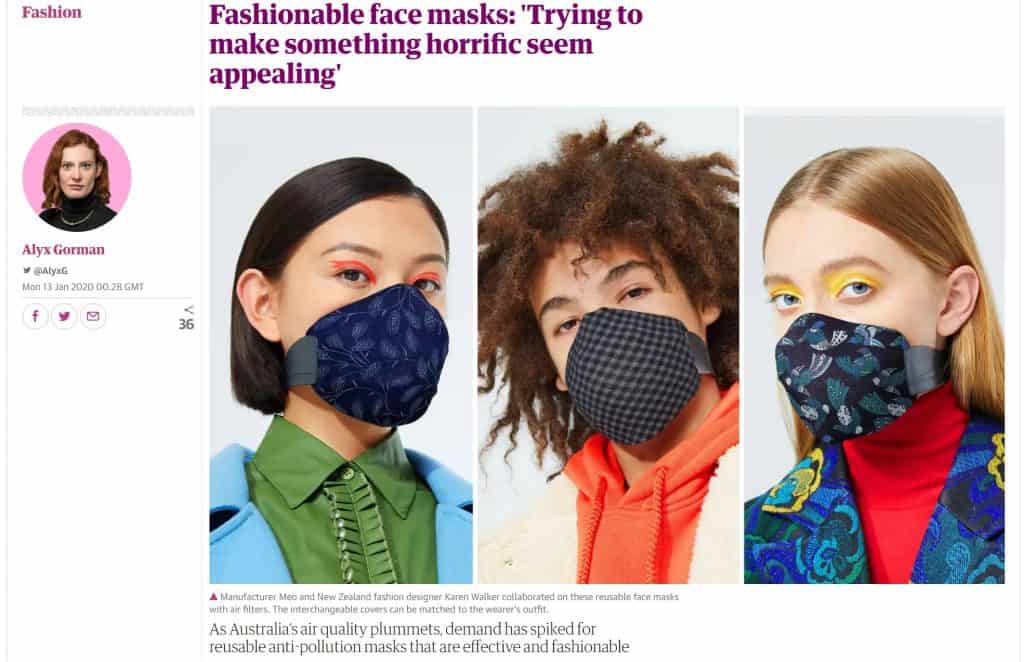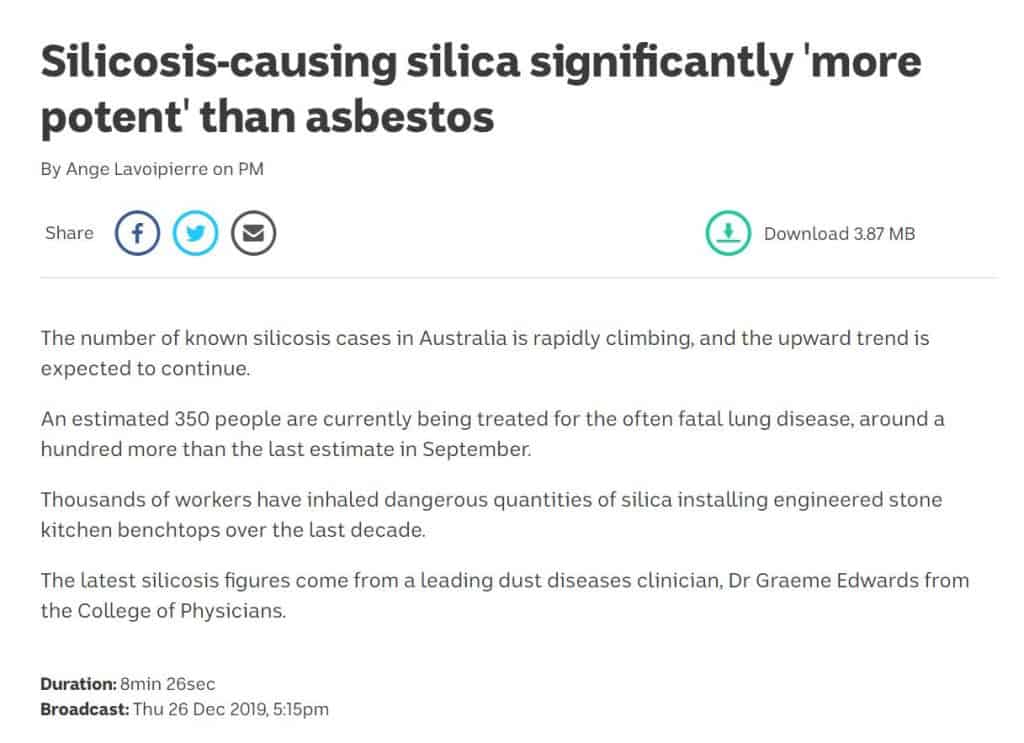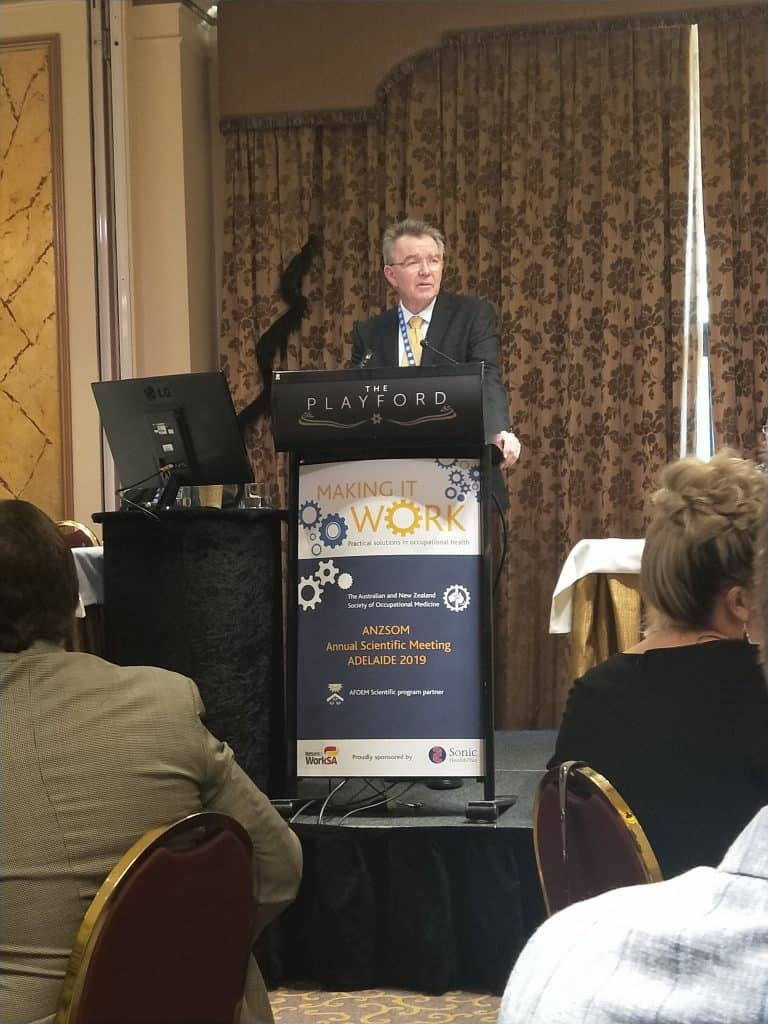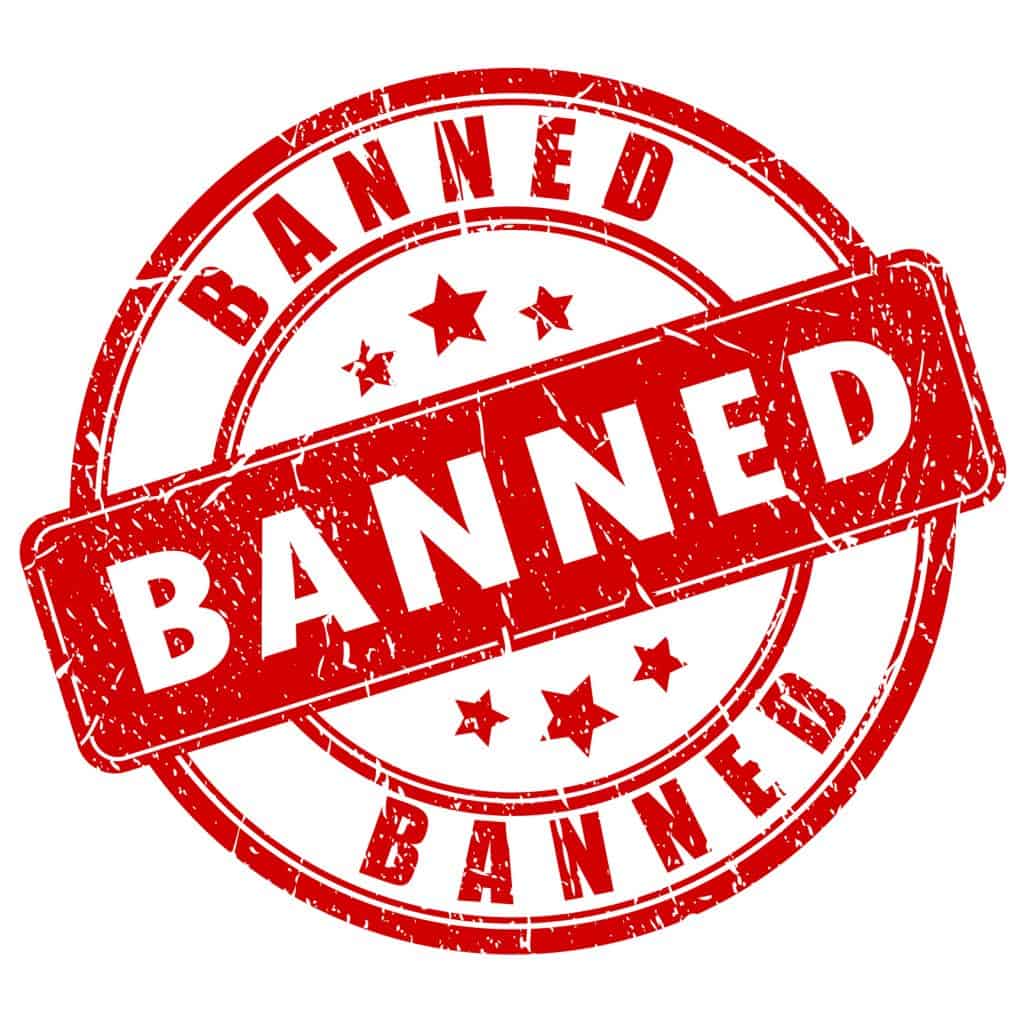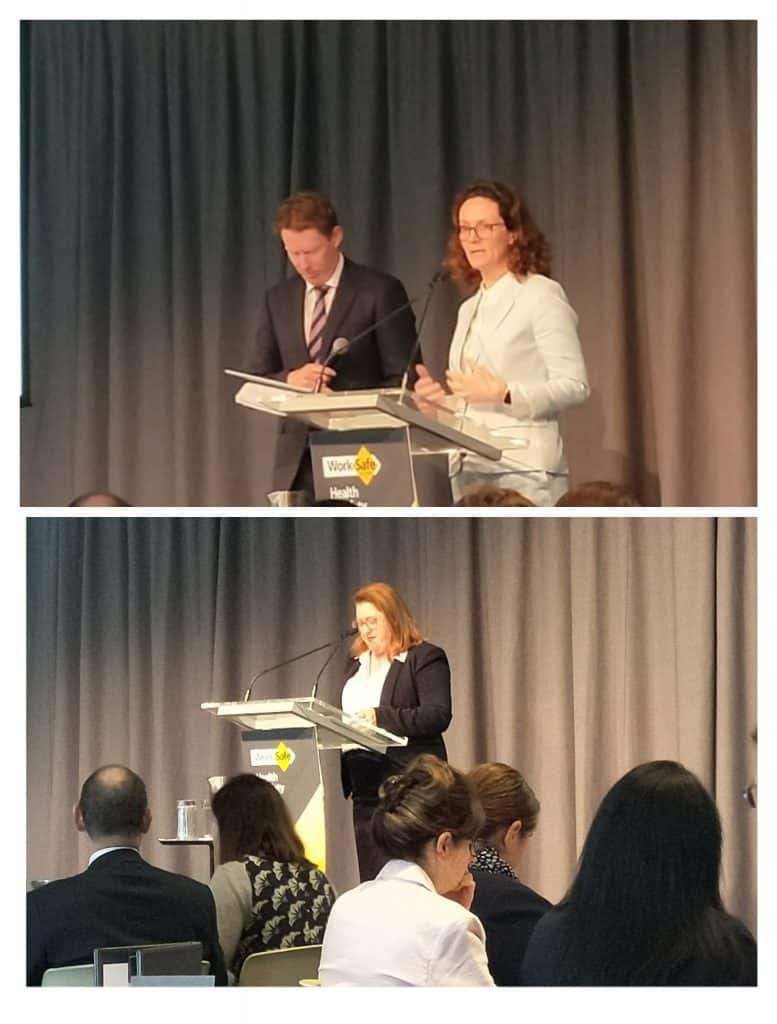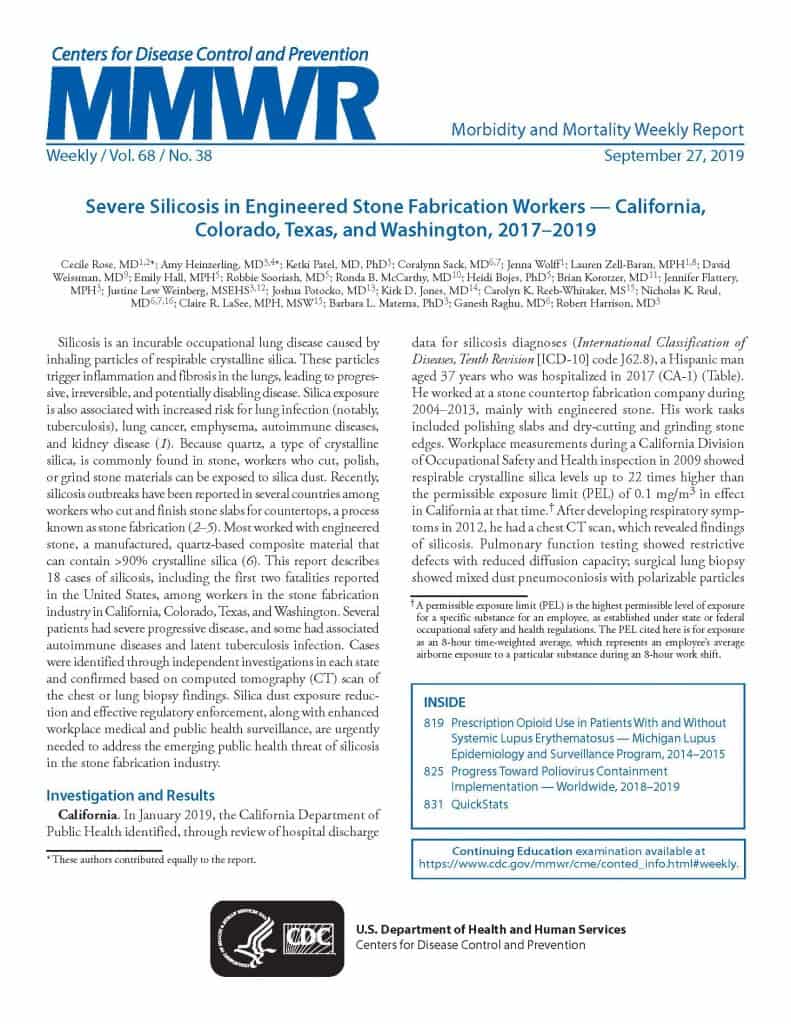The following article is reproduced from the excellent academic communication website The Conversation, and is written by Elizabeth Shi, a Senior Lecturer, in RMIT University‘s Graduate School of Business and Law. The article is a very useful contribution to managing the risks of working in smokey environments but is only one contribution to a discussion on occupational health and safety in smokey workplaces that has many, many months to go.
Amid thick bushfire smoke in cities including Canberra and Melbourne, employers need to consider their legal obligations.
Some have directed their workers not to turn up in order to avoid to occupational health and safety risks. Among them is the Commonwealth department of home affairs which last week asked most of its staff to stay away from its Canberra headquarters for 48 hours. Other employers want to know where they stand.
Continue reading “What employers need to know: the legal risk of asking staff to work in smokey air”
